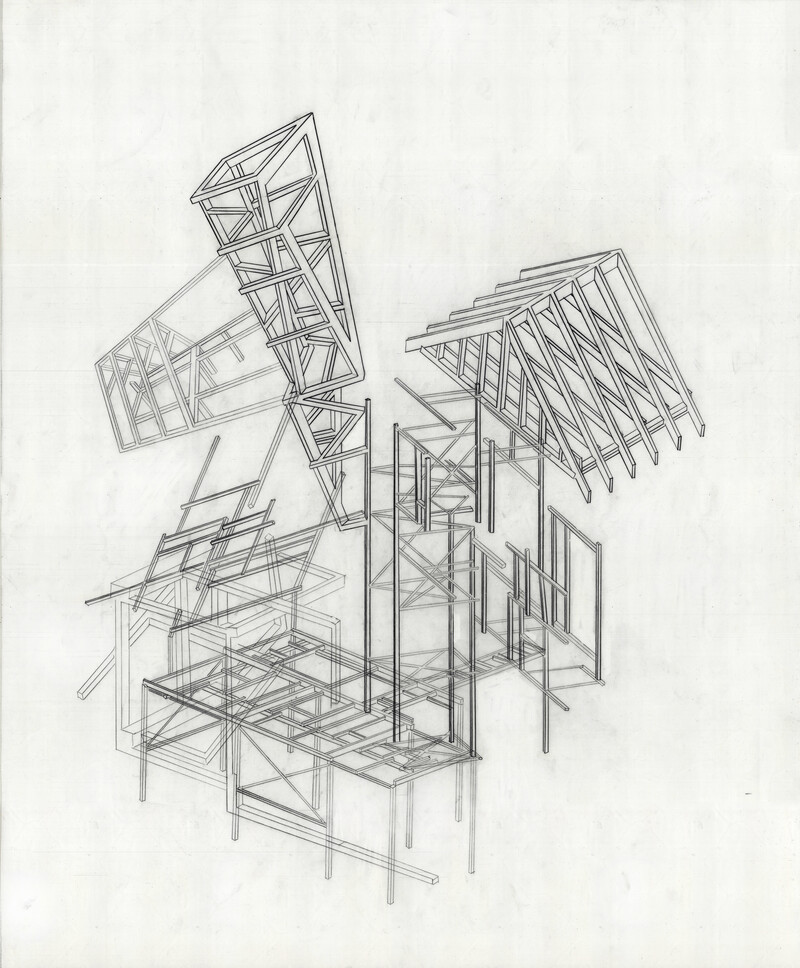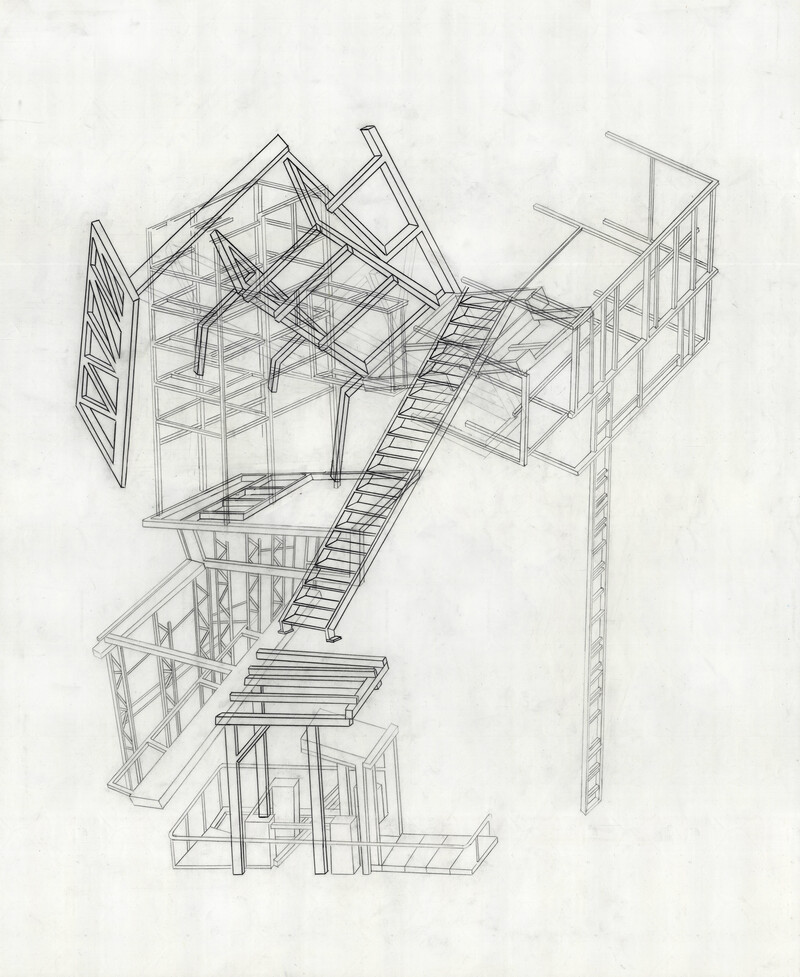Menu
SDUK 07: TILTING (1)
April 2020
- 7.1.0Cover
- 7.1.1tl;dr part 1Editorial
- 7.1.2Conjecture DiagramsSara Graham
- 7.1.3The Year I Stopped Making ArtPaul Maheke
- 7.1.4W.E.I.R.D.: UncertaintyNicola Privato
- 7.1.5Impotentiality and ResistanceJohn Paul Ricco
- 7.1.6Social Distancing in the Time of Social MediaChristina Battle
- 7.1.7Hold StillKimberly Edgar
- 7.1.8Alternate Forms of DeliveryAisha Ali, Atanas Bozdarov, Inbal Newman, Craig Rodmore, and Florence Yee
- 7.1.9Who Is Inside
(Your Pandemic)Amy Fung - 7.1.10amidstd’bi.young anitafrika
- 7.1.11Four Thieves VinegarSydney Shen
- 7.1.12How to Swim in a Living RoomAdam Bierling
- 7.1.13A Fever, A CrisisKimberly Edgar
- 7.1.14LifersNoelle Hamlyn
- 7.1.15A Job GuaranteeD.T. Cochrane
- 7.1.16"Deception is a co-effect which cannot be neglected"Ruth Skinner
- 7.1.17Virus and CommonsAndrea Muehlebach
- 7.1.18Quarantined Connections at the End of the WorldPaul Chartrand
- 7.1.19DistancingAlison Bremner
- 7.1.20After the RainsSanchari Sur
- 7.1.21Crisis and CritiqueEric Cazdyn
- 7.1.22Colophon
HideDownload PDF
Conjecture Diagrams
- Sara Graham


See Connections ⤴